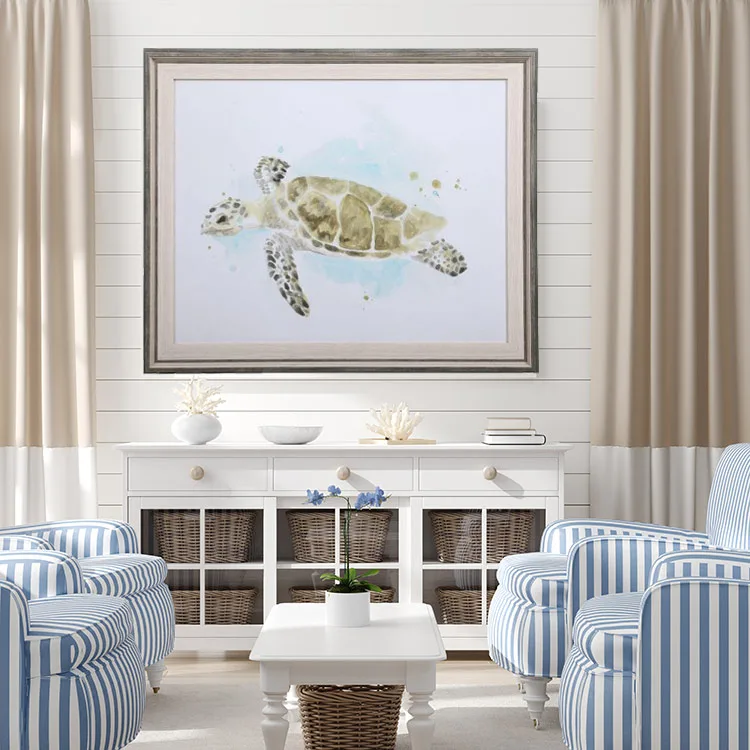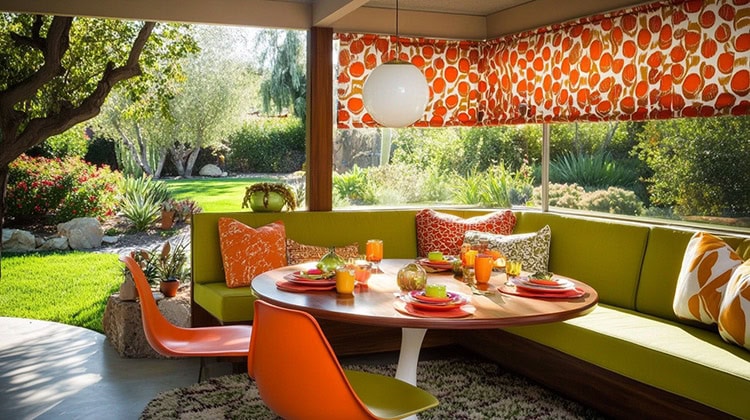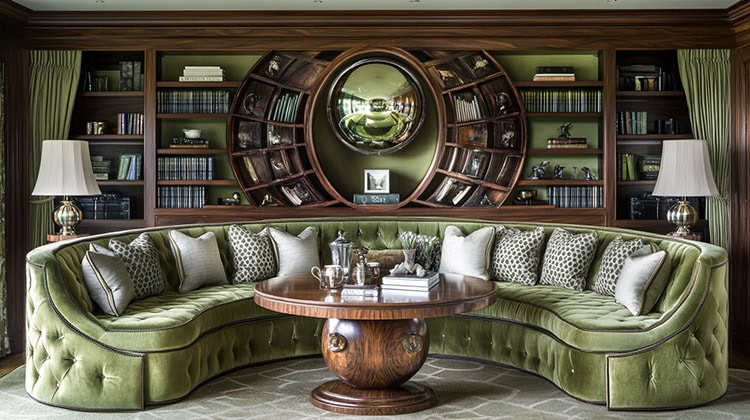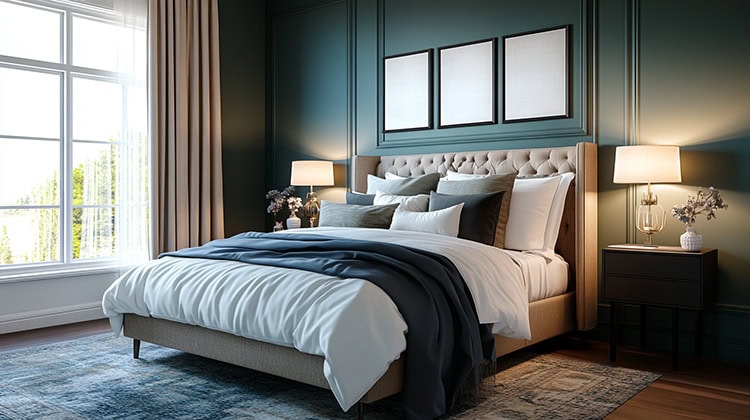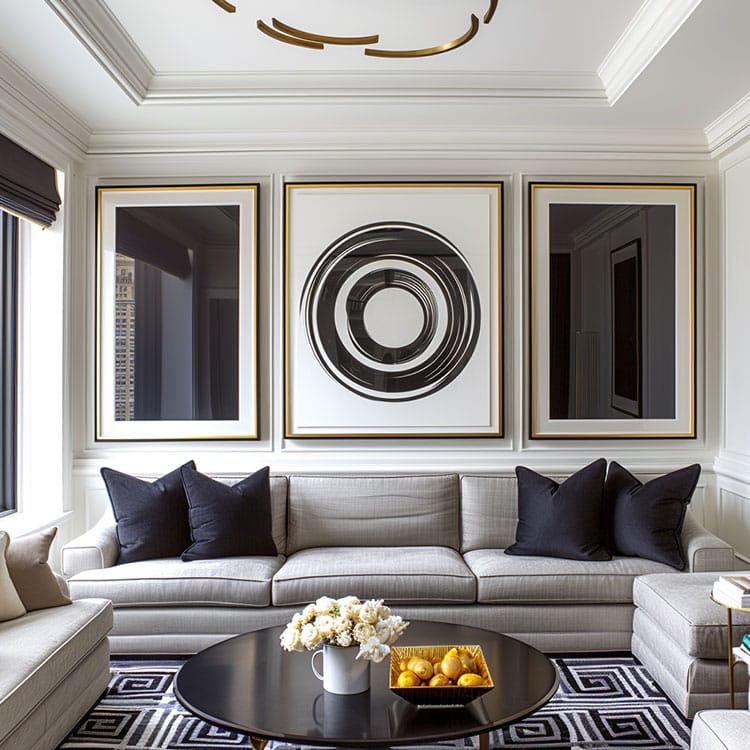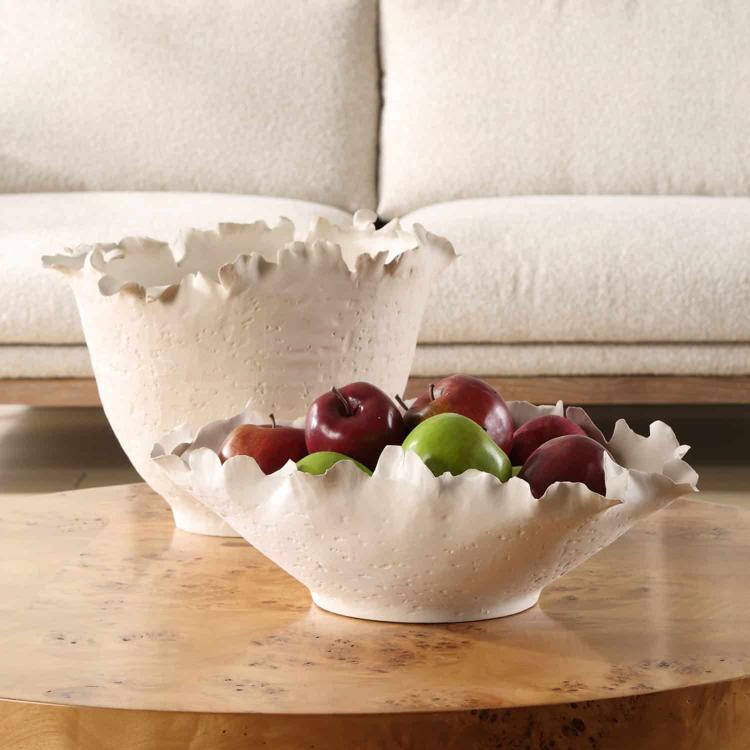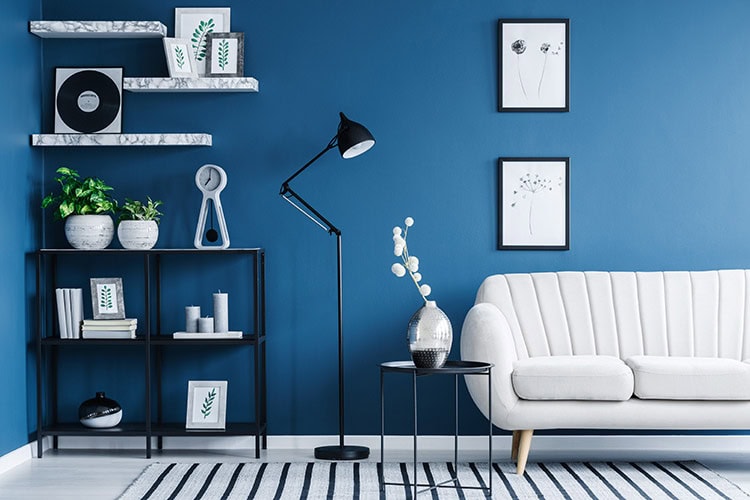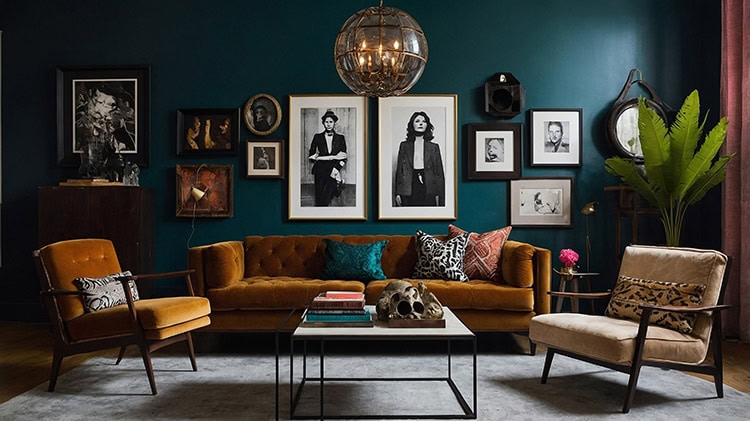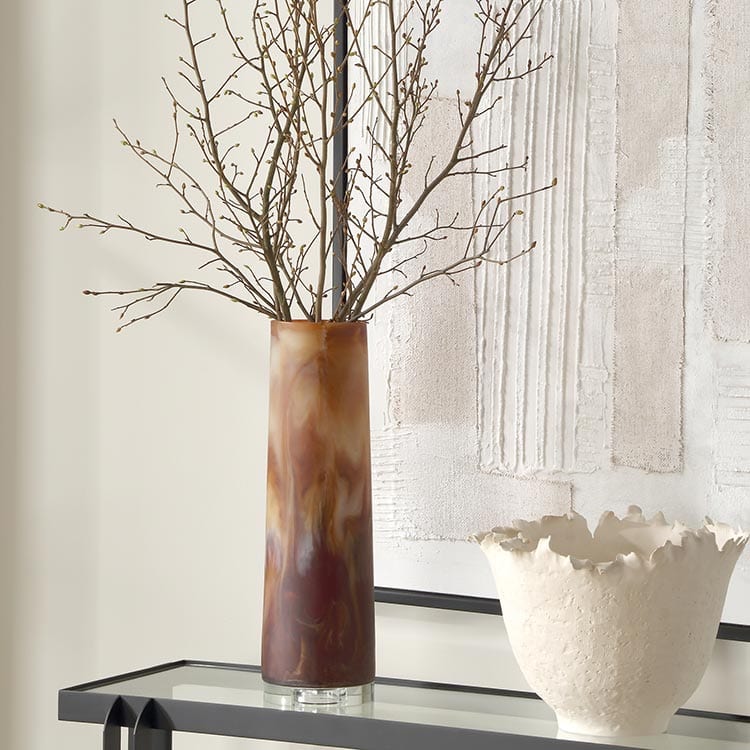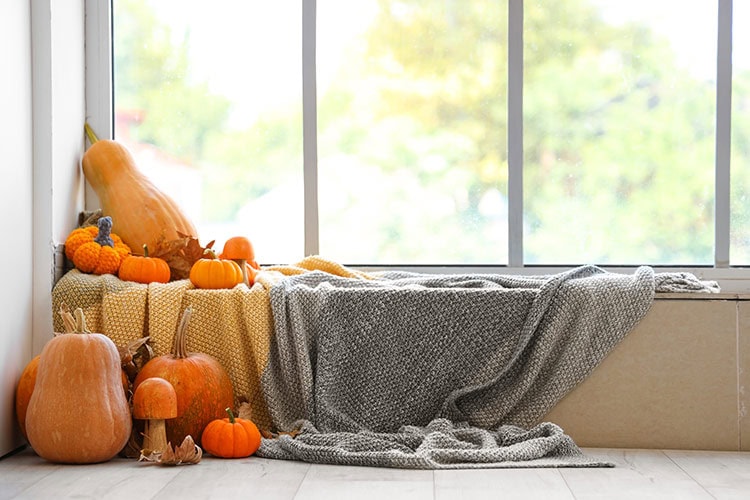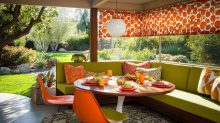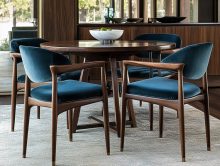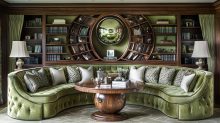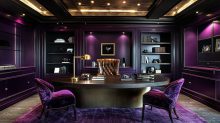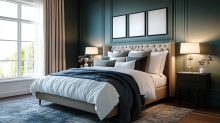When the time comes to decorate or update the interior of your home, it’s important to consider what it is that you actually like. In essence, your design style. But for some people, narrowing down a specific style can be hard especially if they aren’t familiar with the types of styles that exist. For others, they may know what styles there are, but are uncertain as to how they can figure out what they favor. Keep reading to learn more about common design styles and as well as three easy ways you can hone in on your preferred aesthetic.
A Design Style Fit for Everyone
When it comes to design styles, it’s all about what you prefer. Whether you have a fondness for timeless pieces or are always looking ahead for the next trend, your style should be an honest reflection of who you are and what you love. In no particular order, here is a highlight of several different design styles that have emerged over the years.
Modern
When it comes to modern design, less is more. Furnishings have a 1930s architectural style with sleek, straight lines. Decorations and details are kept to a minimum. Neutral colors and geometric shapes are prevalent, along with materials such as frosted glass, stainless steel, and marble.
Mid-Century Modern
Gaining popularity during the Rat Pack days, and then again in 2007 thanks to the show Mad Men, this 50s and 60s style, influenced by Scandinavian designers and architects, was characterized by simplicity integrated with natural shapes and materials. Colors included chocolate brown, olive green, and varieties of yellows and oranges.
Industrial
Industrial interiors are best described as raw, rather than decorative. Raw finishes, as well as exposed materials and mechanics, are at the core of this design style. With its clean lines, earthy colors, and gritty textures, industrial design is something special.
Western
Inviting fabrics like animal prints, florals or plaids, incorporated on large-scale wooden furniture are a great foundation for giving Western-style it’s nostalgic rustic feel. Add warm colors, leathers, and natural elements, like stone or raw wood, and you’ve got a cozy room.
Southwestern
An infusion of Native American and Spanish styles, this type of design is warm and welcoming. Colors usually reflect the nature of the desert: yellows, greens, tans, reds, browns, and warm oranges. Terra cotta elements paired with stucco and ceramic materials complete the design.
Arts and Crafts
This movement came about between the late 1800s and early 1900s. It stood for traditional craftsmanship using simple forms. Some designs also incorporated romantic, folk, or medieval styles of decor.
Modern Victorian
Victorian decorating hasn’t been popular for a while due to its excess of ornament, such as elaborate trim, chandeliers, and Gothic details. Not only could these things become overwhelming, they often felt dark. With that said, those who appreciate traditional design style also appreciate certain elements of Victorian design. Because of this, the look has evolved over the years into something that is now called modern Victorian. Modern Victorian style is pretty and romantic but never overwhelming like the Victorian style of old.
Traditional
Traditional spaces are filled with European decor, with furnishings dating back to the 18th and 19th centuries. Rich wood tones and soft, simple fabrics such as florals, plaids, stripes, and solids give a calm and orderly feel to the space.
English Country
English country incorporates rose patterns, skirted, overstuffed furniture, and small decorative accents. The color palette includes shades of reds, pinks, greens, and blues, which will give your space the ultimate feminine, look.
Farmhouse
While Farmhouse design style isn’t new, it has certainly been reinvented. What was once considered “quaint” or “country” is now described with updated terms like “country-chic” and “rustic-modern.” Farmhouse is comfortable, functional, and downright pretty with it’s rustic, weathered, and elegant look. Many elements have a down-to-earth feel: exposed beams, wood furnishings, handmade pottery, baskets, and white shiplap walls, to name a few. Standard fabrics can include checked, floral and striped patterns. Most hues are muted, but pops of color add to the charm.
Eclectic
This style can be defined as a mix of several styles that make up an individualized look. In order for the space to be cohesive, however, the room must be based on the foundation of design (texture, pattern, color, composition), rather than having a bit of this and that thrown together.
Art Deco
The art deco movement covered many artistic styles and movements in the early 20th century: Neoclassical, Cubism, Modernism, Constructivism, Bauhaus, Art Nouveau, and Futurism. To put it simply, furnishings feature mirrored accents, rounded fronts, and sleek lines. Wood furniture tends to be paired with glass tops and chrome hardware.
Asian
Asian design varies widely, getting its inspiration through elements from countries like China, Vietnam, Japan, and Thailand. The serene environment is created using colors from nature and adding accents such as bamboo, dark wood, stone, and natural fibers.
Transitional
Best described as classic, with a contemporary twist, transitional design bridges contemporary and traditional design. Flooring tends to be muted, often using warm-colored wood flooring or Berber carpets. Furniture has cleaner lines and certain pieces distributed throughout the room retain some history.
Tropical
A design inspired by tropical destinations like Hawaii, Aruba, or the Grand Cayman. Think furniture covered with prints of colorful flowers or palm leaves, accented by muted color rugs or walls.
Coastal
Light and breezy, this design is inspired by the ocean. Traditionally you’ll find lots of navy and white colors, paired with nautical or beach-themed accessories, can give any room an airy feeling. Hues of light blue, teal, coral, pebble, and kelly green are often found accentuating a coastal designed home, as the perfect completing touch.
Contemporary
Clean, sleek lines and solid colors are what give contemporary style its uncluttered look. Furniture tends to sit lower to the ground and has a metal frame. Recessed or track lighting, along with abstract artwork and accents will enhance the design.
Mediterranean
Influenced by the countries of Italy, Greece, and Spain, the Mediterranean look features warm textures of fabrics like linens and velvets, surrounded by accents in colors of terra cotta, lavender, yellow, and blue. When done correctly, the atmosphere should echo the sea and sky.
French
This blend of regal and rustic features gives a fanciful sophistication to your space. Dramatic window treatments, fresh flowers, antique furniture, repetition of color, and the use of gold and bronze, make a French room complete.
Moroccan
Derived from Hispanic-Moorish style influences, Moroccan incorporates layers of fabrics with intricate patterns, jewel-toned and earthy desert colors, textured walls, metal lanterns, pillows, and Oriental rugs. Add some ornately carved wooden accents and you’ve got your own personal casbah.
Shabby Chic
A cottage-inspired look filled with white, neutrals, and bright interiors, topped off with vintage accessories. This design allows you to be elegant, without being formal.
Determining Your Style
It might seem impossible to determine your design and/or decorating style, but you can do it. Here are three easy tips on how:
- Take a style quiz. Just about every interior design or decorating website has some sort of online quiz that will help you narrow down your style.
- Create a mood board. Take time to gather some design inspiration, such as photos, swatches, samples, etc., and then arrange them on a board (physical or virtual). Once you begin to recognize a pattern, you’ll be that much closer to understanding your preferred style.
- Work with a professional. If budget allows, consider working with an interior designer or decorator who is well versed in design styles. Not only will an expert quickly determine your design style, they’ll also be able to suggest furnishings to match your unique tastes.
Related blog: What You Should Know About Interior Designers and Decorators
Cutting Corners Can Help Bring Your Style to Life
Once you know what type of space you have or want to create, stop by one of our Cutting Corners locations to get all of your fabrics at huge discounts. We also have a variety of accessories that will help you bring your vision to fruition.

